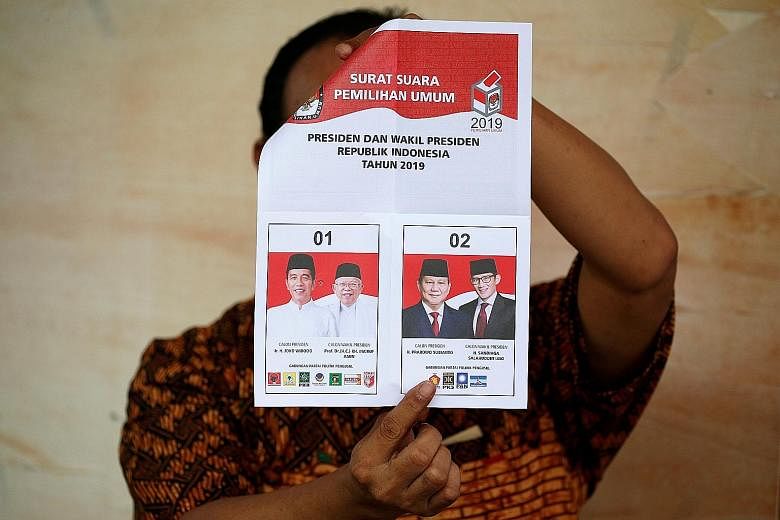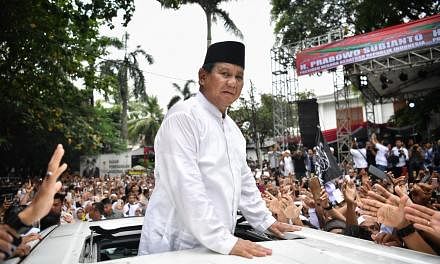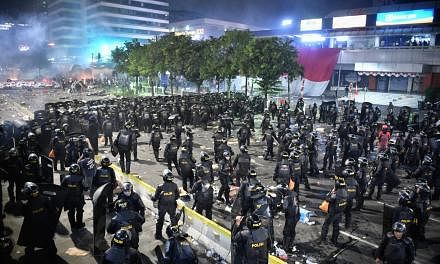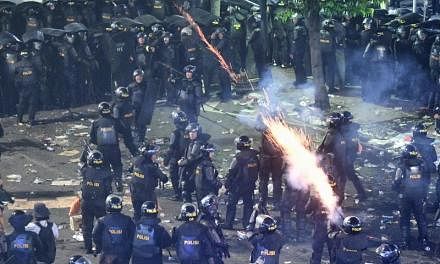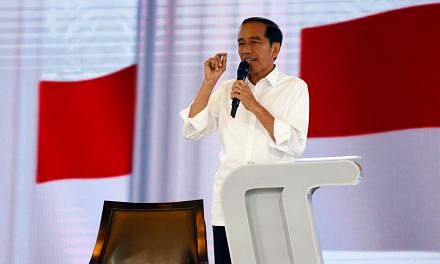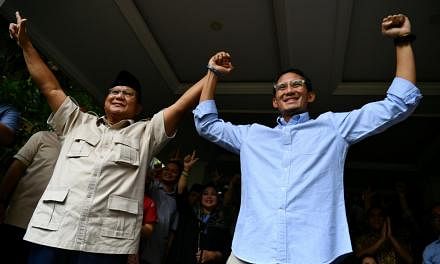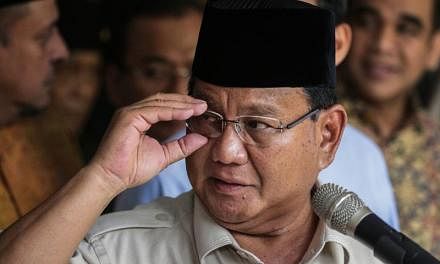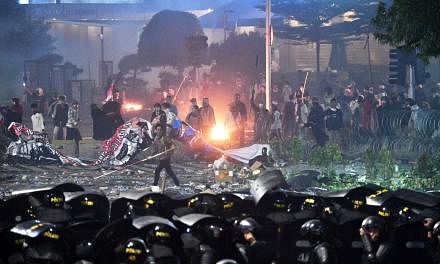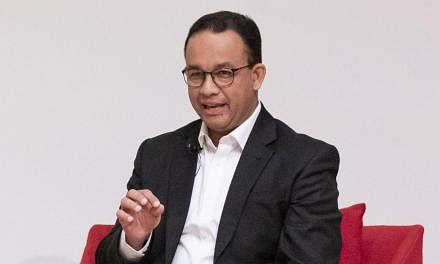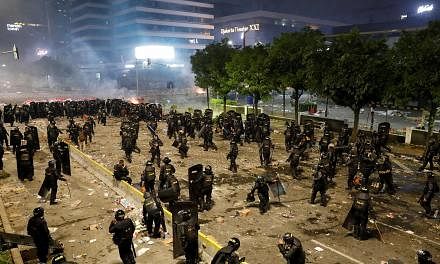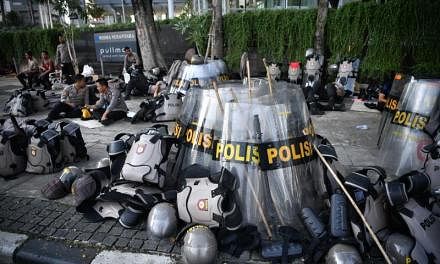How was the turnout?
Fears that abstention rates would exceed 30 per cent seem to have been unfounded.
The General Elections Commission (KPU) on Wednesday noted that enthusiasm for the polls was higher than expected, and predicted that turnout would exceed its target of 77.5 per cent.
This was a surprise, considering the falling participation over the past elections and the growing fervour ahead of the April 17 polls for a movement calling for people to abstain from voting.
While many expected a big turnout to work in favour of the popular incumbent Joko Widodo, it may have helped buoy his rival Prabowo Subianto's polling numbers instead.
Observers said a higher-than-anticipated number of people could have turned out to vote against the President as a form of protest while factors like growing Islamisation and strong support for Mr Prabowo from conservative Muslim groups and popular preachers likely helped him mobilise voters.
When will the official results of the elections be announced?
KPU chief Arief Budiman said it may take up to 35 days for "real counts" to be completed.
These official tallies are, after all, a logistical feat.
Ballots are first manually counted at the more than 800,000 polling stations. Then results at the polling stations of each of the 7,201 sub-districts are added up.
These sub-district numbers are combined to give the number of votes in each of the 514 districts and cities. These are then tallied for each of the country's 34 provinces before results are consolidated at the national level.
Who is the real winner?
That will have to wait till the official results are out but quick counts have proved accurate in past elections.
These place Mr Joko on course for a second term - and have drawn markedly different reactions from the two presidential hopefuls.
Mr Joko noted on Thursday that unofficial tallies by 12 pollsters gave him and running mate Ma'ruf Amin 54.55 per cent of the vote, but held off declaring victory. "Our past experience in previous elections showed that its accuracy (in relation) to the real count is 99 per cent," he said. "But we have to wait for the official results from KPU."
Mr Prabowo, just as he did in 2014, disputed quick-count results, declaring himself victorious.
He has called out "anomalies" in the election, dubbed independent pollsters tasked with conducting quick counts "liars", and insisted that his team's real count has him winning 62 per cent of the vote.
He told supporters on Wednesday night: "I will be and I am already the president of all Indonesians."
Can the final outcome change?
Mr Prabowo tried after the 2014 presidential election and failed.
He filed a challenge in the Constitutional Court after the official result, claiming that about 56,000 polling booths were tampered with, affecting around 23 million votes, and demanded that the court annul election results, disqualify Mr Joko as the winner and hold another election.
But at the end of the two-week hearing, the nine-judge court - whose decisions are final and binding - said there was no proof of significant electoral fraud and dismissed the challenge.
Mr Prabowo may well try again this time around if official results hand him another defeat - but the odds are against him. The Constitutional Court has never overturned a national election result.
How did political parties do in the legislative race?
The presidential battle seems to have had an impact on the legislative race, with major parties backing the two presidential contenders benefiting from a coat-tail effect.
Mr Joko's Indonesian Democratic Party of Struggle looks set to hold on to the most seats in Parliament, with pollsters pointing to it winning over 19 per cent of the vote.
Mr Prabowo's Gerindra Party came in second with about 13 per cent, beating Golkar for that spot and making it the runner-up in Parliament for the first time since its founding in 2008.
Other parties in Mr Joko's coalition - including Golkar and the NasDem Party - also performed well, which could give them greater power in the next administration.
